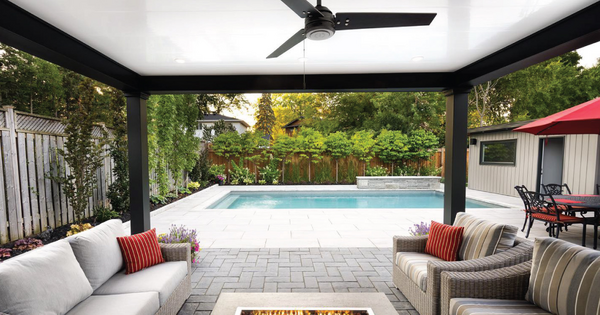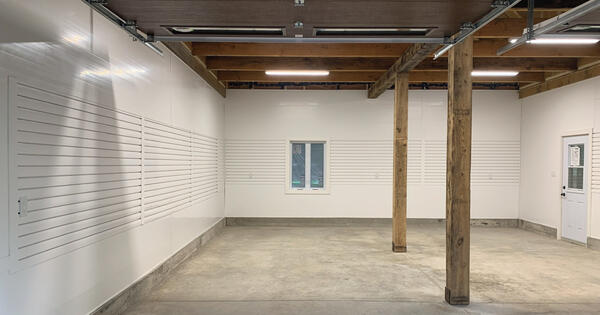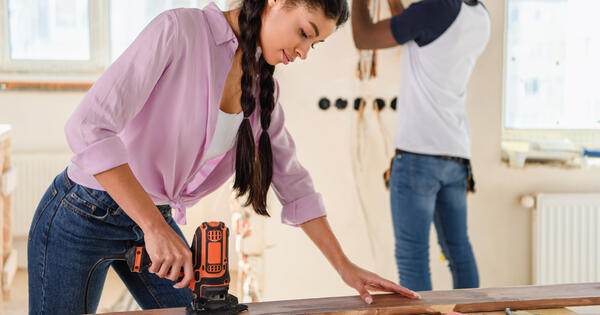Shiplap ceilings have become a hallmark of modern interior design, offering a timeless yet trendy aesthetic for homeowners. Characterized by horizontal planks that fit snugly together, shiplap ceilings add texture, warmth, and visual interest to any space. But are they the right choice for your home? Let's delve into the pros and cons before exploring some exciting alternatives.
What is Shiplap?
Shiplap is a type of wooden board traditionally used as exterior siding on barns, sheds, and cabins. It's characterized by its overlapping joint design, where the top and bottom edges of each board are rabbeted to allow them to fit together snugly. This creates a tight seal and a distinctive horizontal pattern when installed.
Shiplap has gained popularity for ceilings due to its rustic charm, versatility, and ease of installation. It adds visual interest and texture to a space, making it a popular choice for homeowners looking to create a cozy, farmhouse-inspired aesthetic. Plus, shiplap is relatively affordable and can be installed as a DIY project, making it accessible to a wide range of homeowners. Its durable construction also makes it suitable for use in various environments, from kitchens to bedrooms and beyond.

Pros and Cons of Shiplap Ceilings
Before you start shopping for shiplap, let's delve into the pros and cons of using it for ceilings:
| Pros | Cons | ||
|---|---|---|---|
| Aesthetic Appeal: Shiplap adds rustic charm and visual interest to any space, creating a cozy atmosphere reminiscent of farmhouse or coastal style interiors.. | Cost: While shiplap is generally more affordable than other ceiling materials like wood beams or plaster, the cost of materials and installation can add up, especially for larger areas. | ||
| Texture and Dimension: The horizontal lines created by shiplap boards add texture and depth to ceilings, breaking up the monotony of flat surfaces and enhancing the overall design. | Maintenance: Shiplap ceilings may require periodic maintenance, such as repainting or refinishing, to keep them looking their best and prevent issues like warping or moisture damage, driving up cost over time. | ||
| Versatility: Shiplap works well with various design styles, from traditional to modern, and can be painted or stained to match any color scheme or decor theme. | Limited Insulation: Shiplap does not provide much insulation value on its own, so additional insulation may be needed behind the boards to improve energy efficiency and thermal comfort in the space. | ||
| DIY-Friendly: Installation of shiplap is relatively straightforward, making it an ideal project for homeowners looking to update their ceilings without professional help. | Susceptible to Moisture Damage: In humid environments or areas prone to moisture, shiplap ceilings can be susceptible to mold, mildew, and rot if not properly sealed and maintained. | ||
| Durability: When properly installed and maintained, shiplap ceilings can last for many years, providing long-lasting beauty and structural integrity to the space. | Installation Challenges: While DIY-friendly, installing shiplap on ceilings can pose challenges, especially in rooms with irregular shapes or angles, requiring careful planning and attention to detail during the installation process. |
5 Alternative Materials for Shiplap Ceilings
Whether it's for improved durability, design flexibility, or cost-effectiveness, alternative ceiling materials can help you enhance the aesthetics and functionality of your living space without some of the downsides associated with shiplap. Here are some alternative materials to consider for your space.
1. Beadboard
Beadboard is a type of paneling made from narrow boards or panels with a series of evenly spaced, convex-shaped beads or grooves along one edge of each board. These beads create a distinctive vertical pattern when installed, adding texture and visual interest to walls or ceilings.
- Composition: Beadboard panels are typically made from solid wood, plywood, MDF (medium-density fiberboard), or PVC (polyvinyl chloride). They come in various sizes, with common widths ranging from 2 to 8 inches.
- Appearance: Beadboard offers a classic, timeless look reminiscent of traditional cottage or farmhouse interiors. It’s available in a range of wood species, including pine, cedar, and oak, as well as composite materials like PVC.
- Installation: Beadboard panels can be installed vertically or horizontally, depending on the desired aesthetic. They are typically affixed to the ceiling substrate with nails, screws, or construction adhesive and may require finishing with trim pieces along the edges for a polished look.
- Potential Drawbacks: Beadboard may be prone to moisture damage in humid environments and can require regular maintenance to prevent warping or discoloration. Additionally, solid wood beadboard panels can be more expensive than other materials, and installation may be labor-intensive, especially for ceilings with irregular shapes or angles.
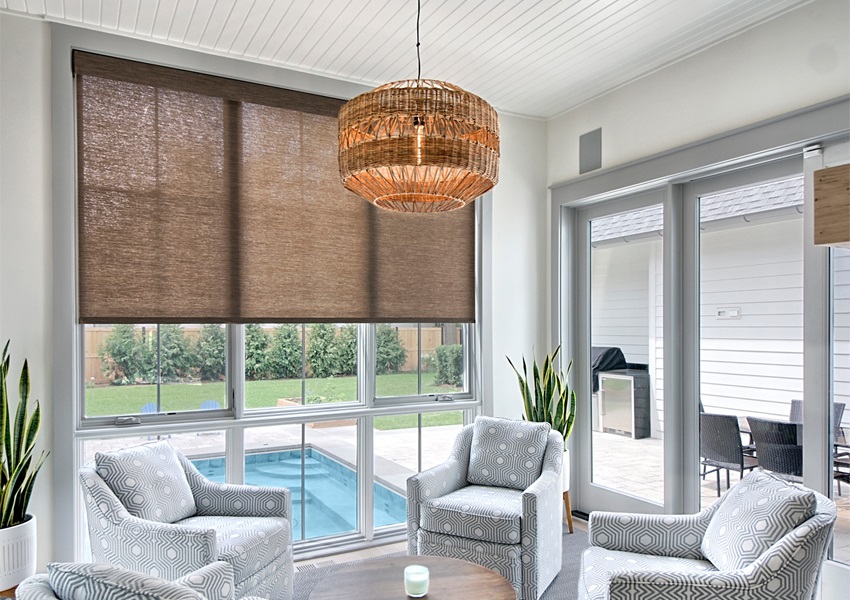
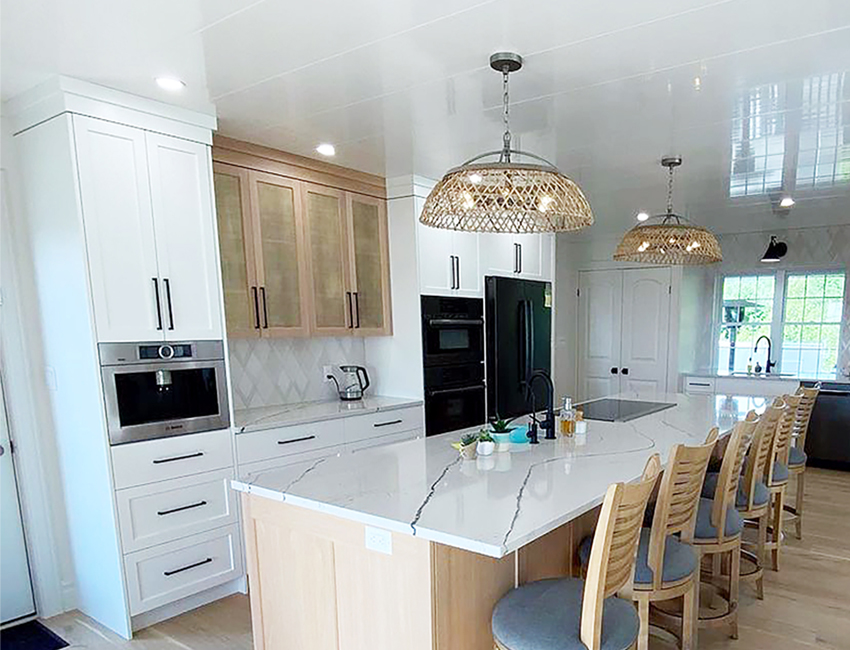
2. PVC Panels
PVC panels like Trusscore Wall&CeilingBoard are lightweight, long-lasting, and low maintenance panels made from polyvinyl chloride (PVC) that offers superior resistance to moisture, mold, and mildew.
- Composition: Trusscore Wall&CeilingBoard is made from rigid PVC material which is extruded into panels. PVC is a versatile material known for its durability, strength, and resistance to abrasion, chemicals, weather, and fire. It’s commonly used in pipes, fittings, window frames, flooring, cables, and wall and ceiling panels like Trusscore Wall&CeilingBoard, Trusscore SlatWall, NorLock by Trusscore, and RibCore by Trusscore.
- Appearance: Trusscore Wall&CeilingBoard panels are available in 8-, 10-, 12-, 14-, and 20-foot lengths, in white and gray colorways, and have a glossy finish. Thanks to its tongue and groove fastening system, there will be a hairline seam every 16" where the panels interlock together. Like shiplap, you can incorporate the seam as a design element into your space.
- Installation: Pre-finished Trusscore Wall&CeilingBoard panels weigh 40% less than drywall and are only 16” wide. They’re easy to work with in any space and — thanks to their pre-punched screw flange and tongue and groove interlocking system — install four times faster than drywall with only one person needed in the room for installation (even on tricky ceiling installations!).
- Potential Drawbacks: While PVC panels are easy to clean and 100% moisture resistant, they may lack the warmth and authenticity of options like shiplap or beadboard, and its appearance may not appeal to all homeowners.
3. Tongue and Groove Paneling
Tongue and groove paneling consists of interlocking boards with a protruding tongue along one edge and a corresponding groove along the opposite edge. This design allows the boards to fit together seamlessly, creating a tight joint that conceals gaps and provides a uniform appearance.
- Composition: Tongue and groove panels are commonly made from solid wood, such as pine, cedar, or oak, although composite materials like MDF or PVC may also be used. They come in various widths and lengths to accommodate different ceiling dimensions.
- Appearance: Tongue and groove paneling offers a classic, elegant look with a smooth, seamless surface. It’s available in a range of wood species and finishes, including natural wood grain patterns or painted surfaces.
- Installation: Tongue and groove panels are typically installed horizontally, with each board interlocking with the adjacent boards to create a continuous surface. They can be nailed, screwed, or glued to the ceiling substrate and may require additional support from furring strips or joists.
- Potential Drawbacks: Tongue and groove paneling may be more expensive than shiplap and can be challenging to install, especially for DIY projects. Additionally, solid wood tongue and groove panels may be susceptible to expansion and contraction with changes in temperature and humidity, leading to gaps or warping over time.
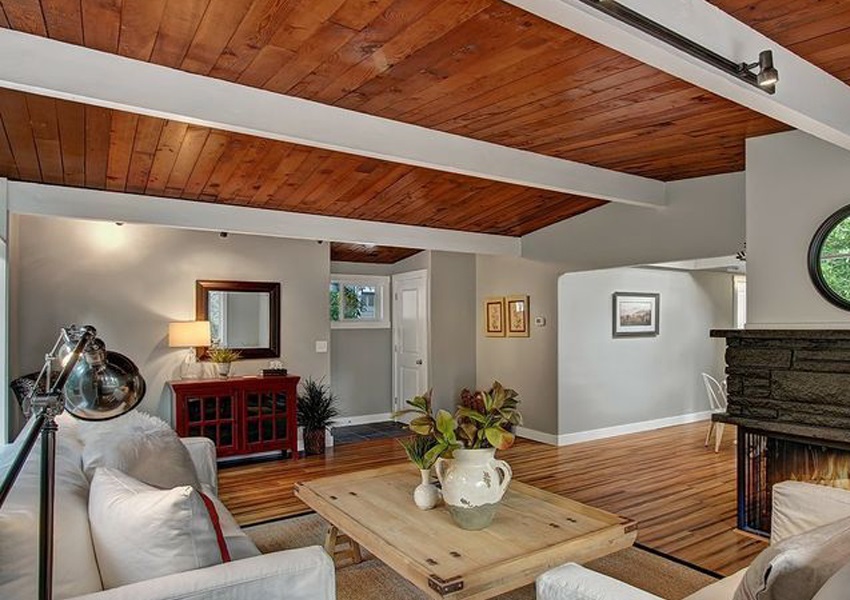
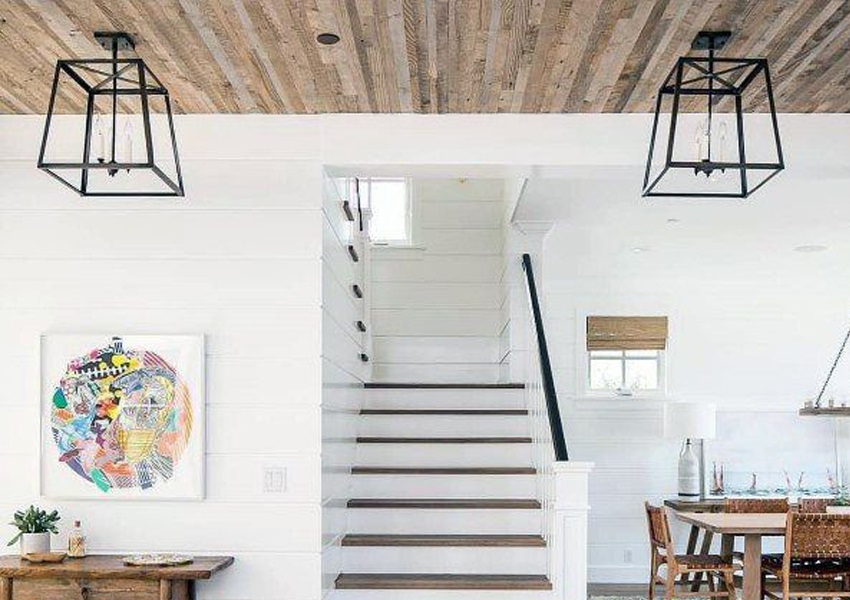
4. Wood Look-Alike Panels
Wood look-alike planks are engineered or laminate panels designed to mimic the appearance of real wood with enhanced durability and moisture resistance. They are available in various styles, including shiplap, beadboard, or tongue and groove designs, and can be used for ceilings, walls, or flooring.
- Composition: Wood look-alike planks are typically composed of composite materials, such as HDF (high-density fiberboard) or engineered wood, with a printed or embossed surface layer that resembles wood grain. Some products may also feature a protective topcoat for added durability.
- Appearance: Wood look-alike planks offer the aesthetic appeal of real wood with the added benefits of affordability and low maintenance. They come in a variety of finishes, including natural wood tones, painted surfaces, or textured patterns, to suit different design preferences.
- Installation: Wood look-alike planks are typically installed using adhesive, nails, or screws directly onto the ceiling substrate. They can be cut to size using standard woodworking tools and may require finishing with trim pieces or caulk to achieve a seamless look.
- Potential Drawbacks: Wood look-alike planks may offer cost savings compared to real wood, but they may not provide the same level of authenticity or natural beauty. Laminate or engineered wood products may also be more susceptible to scratching or damage than solid wood options, requiring careful handling during installation and maintenance.
5. Painted Plywood or MDF Panels
Painted plywood or MDF panels are cost-effective alternatives to traditional wood paneling, offering a smooth, flat surface that can be painted or finished to achieve a desired look. They are commonly used for ceilings, walls, or other interior applications.
- Composition: Painted plywood panels are made from layers of thin wood veneer bonded together with adhesive, while MDF panels are composed of wood fibers compressed under high pressure and heat. Both materials offer a stable, uniform substrate for painting or finishing.
- Appearance: Painted plywood or MDF panels provide a blank canvas for customization, allowing homeowners to achieve any desired color or finish. They can be painted with latex or oil-based paints, stained, or finished with decorative techniques such as faux finishes or stenciling.
- Installation: Painted plywood or MDF panels are typically installed using adhesive, nails, or screws directly onto the ceiling substrate. They can be cut to size using standard woodworking tools and may require finishing with trim pieces or caulk to conceal seams and edges.
- Potential Drawbacks: Painted plywood or MDF panels provide a cost-effective alternative to traditional wood paneling, but they may lack the dimensional stability and durability of solid wood options. Additionally, plywood and MDF panels may require additional finishing steps, such as priming and sanding, to achieve a smooth, uniform surface for painting.
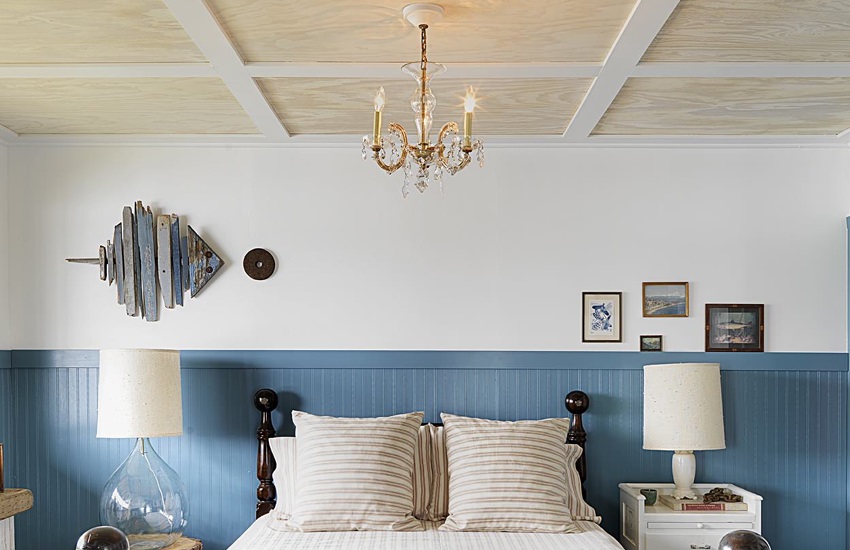
These alternative materials offer a range of options for achieving a similar aesthetic to shiplap ceilings, each with its own unique characteristics and installation considerations. It's essential to evaluate factors such as durability, moisture resistance, and budget when selecting the right material for your project.

